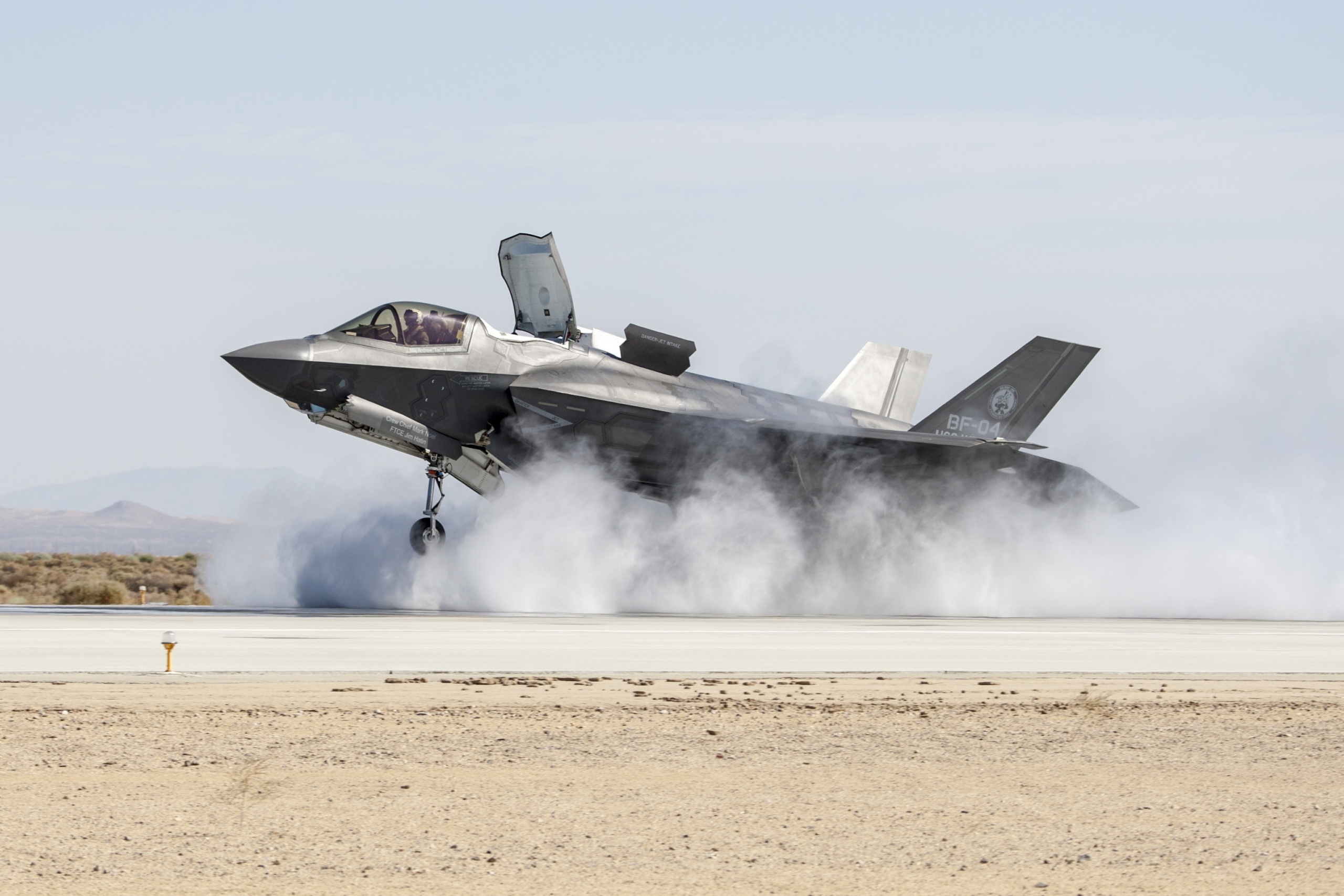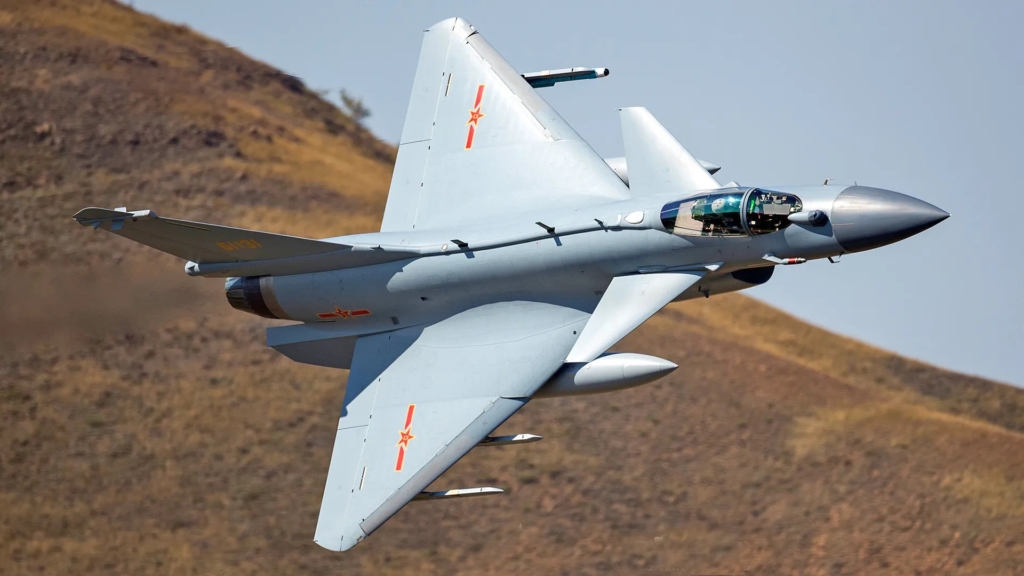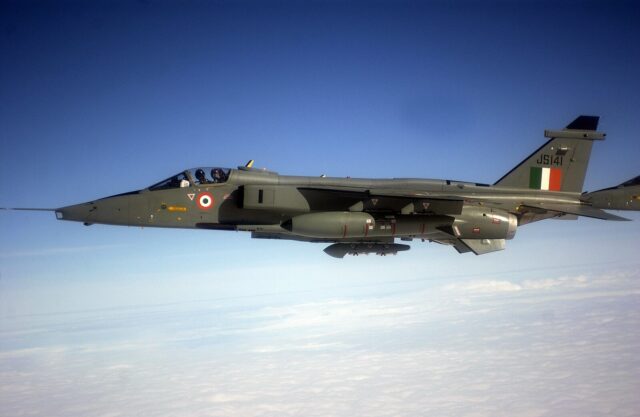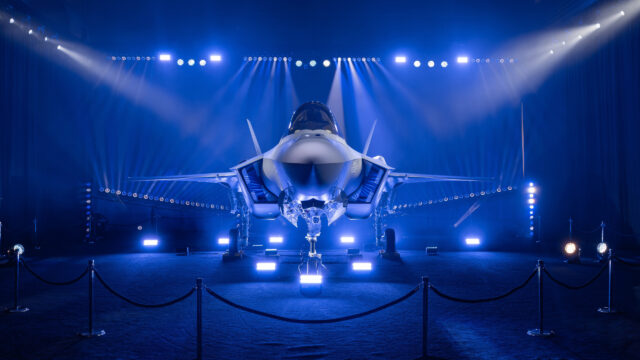How US export rules quietly control the world’s fighter jets and commercial aircraft

November 22, 2025

As almost all commercial aircraft and most non-Russian or Chinese military aircraft have US components, the US maintains sweeping de facto export vetoes on many of the world’s aircraft. Additionally, tools like CAASTA allow the US to target the buyer when it can’t target the seller.
The case of the Saab Gripen
Following the announcement that Colombia would purchase 17 Saab Gripen fighter jets, the right-wing Colombian presidential candidate, Abelardo de la Espriella, took to X (formerly Twitter) asking Trump to stop it.

Espriella wrote, “I formally request that the United States temporarily impose a veto on the purchase of 17 SAAB aircraft….until the new government that will take office on August 7, 2026.”
The move highlighted how much control the US has over the Gripen fighter jet program. Not only is the engine a US-supplied GE F414 turbofan, but many of the jets’ other critical systems are supplied by other US companies like Honeywell, Collins Aerospace, and L3Harris.
.@POTUS @SecWar @SecRubio @USEmbassyBogota
— Abelardo De La Espriella (@ABDELAESPRIELLA) November 17, 2025
Solicito formalmente que los Estados Unidos impongan temporalmente un veto a la compra de 17 aeronaves SAAB, las cuales incluyen como componente fundamental los motores General Electric F414G de fabricación estadounidense —estándar en los Gripen JAS 39 E/F—, hasta que el nuevo gobierno que asumirá el 7 de agosto de 2026 revise los aspectos del acuerdo con el acompañamiento del Departamento de Guerra de los Estados Unidos.
Esto, con el fin de garantizar que el precio individual de cada aeronave y el offset de la negociación reflejen los intereses estratégicos vitales de Colombia y su papel como socio global clave de la OTAN y aliado de los Estados Unidos en las Américas.
Asimismo, este veto temporal evitará que las próximas elecciones legislativas y presidenciales sean ilegalmente influenciadas por dineros de corrupción relacionados con el mayor contrato que el gobierno criminal de Petro pretende suscribir, sin brindar una explicación suficiente sobre su conveniencia financiera o militar, cuando restan apenas nueve meses para que culmine su mandato.
(A.D.L.E.) 🇨🇴
Around a third of the Gripen’s components and systems come from the United States. Meanwhile, European states like the UK (e.g., BAE Systems, Rolls-Royce, Martin Baker) and France (e.g., Safran, Thales) also supply many of their components. Fewer than 50% of the Gripen’s components are actually Swedish.
This means at least the US, UK, and France have de facto export control over the jet.
US export vetoes over other fighter jets
The United States enjoys a latent export veto over many fighter jets, although it is rarely exercised. For example, both the upcoming Turkish KAAN and South Korean KF-21 Boramae fighter jets are also powered by US-supplied GE F404/F414 engines.

The same is true for the Indian Tejas lightweight fighter jet. Among the European suppliers for the Tejas are Europe’s Lee Products, Liebherr, and Martin-Baker. Notable Israeli contractors include Elbit Systems and Rafael.
It is unclear if the US has any export control over the Eurofighter Typhoon and Dassault Rafale. Both of these jets overwhelmingly use European-sourced components. Although, according to Airframer, Collins does contribute some sensors to the Rafale.

It is worth noting that British contractors like Martin-Baker, The Lee Company, MBDA UK, and others do contribute to the Rafale, as do other European countries. Still, the Rafale is overwhelmingly French.
US export controls over commercial aircraft
The US has export controls over almost every type of commercial aircraft in the world.
In 2018, the US unilaterally reimposed sanctions on Iran; not only did this prohibit the export of US-built Boeing aircraft, but also European-built Airbus and Franco-Italian-built ATR aircraft. This is because both of those European companies extensively use US components in their supply chains.

The same goes for Canadian aircraft (e.g. Bombardier), Brazilian aircraft (e.g. Embraer), and Chinese aircraft (e.g. COMAC). These aircraft are full of US-sourced components for which the US retains export controls.
Even though Brazil and China do not participate in sanctions on Russia, they are unable to sell their aircraft to Russia. China is already at risk of the US sanctioning its C919 commercial aircraft.
Russia is racing to find domestic substitutes to replace the 60-80% Western-sourced components that made up the MC-21 and Superjet aircraft. Even the Soviet-era Tupolev Tu-204 had around 14% Western components.

As Russia puts these aircraft into production, the US will no longer have the same export controls, although the aircraft will be inferior to their Western counterparts. For example, Russian engines are more expensive, underpowered, heavier, and require more maintenance, but at least they work.
Get the latest aerospace defence news here on AGN.
US CAATSA sanctions on Russian fighter jets
While the US doesn’t have an export veto over Russian fighter jets like the Su-30, it does have another lever. Instead of targeting the seller, the US can target the buyer.

The 2017 CAATSA Act imposes sanctions on countries purchasing Russian fighter jets, military helicopters, and air defence systems. At the time, the US considered including Chinese fighter jets, but chose to exclude them from the act.
The act seems to target higher-end systems and not things like Yak-130 trainers, although the act has recently become problematic for Bangladesh to receive police helicopters that it has already partially paid for.
The passing of the act caused Egypt, Indonesia, and the Philippines to cancel contracts to purchase Russian jets and helicopters. The act means that countries like Vietnam and Serbia did not consider Russian jets. Serbia stated it was impractical for the country to purchase Russian jets and so is purchasing French Rafales instead.
US approves possible sale of F-15s to Egypt, which would make the CAATSA sanctions that blocked Egypt's purchase of Russian Su-35s even more painful for Russia. The Su-35s were built but never delivered (see satellite imagery below). #Ukraine https://t.co/9gM2X9X5eK
— Rob Lee (@RALee85) March 17, 2022
There are, of course, limits to the act. It has little impact on countries already sanctioned, like Belarus, Iran, and North Korea. The US has also provided a carve-out for India to purchase the S-400.
Algeria is a notable exception that is continuing to purchase Russian jets (including Su-57s). At least for now, the US has mostly turned a blind eye to Algeria buying Russian.
In early 2025, there were rumours that Egypt had purchased Chinese J-10 fighter jets, but this was soon strongly denied by China as “fake news.”

While the US has not sanctioned countries purchasing Chinese fighter jets, it does have other levers to discourage countries from buying them.
Naming reasons why Egypt would or wouldn’t purchase Chinese jets is speculative, but it’s worth noting Egypt is one of the biggest recipients of US military aid (around $1.3 billion). This money is through the Foreign Military Financing program and helps Egypt purchase US military equipment.
Examples of countries vetoing exports
As a rule of thumb, the US and other partners do not veto exports of aircraft with their components unless under exceptional circumstances. Doing so would erode trust and motivate countries to remove those countries from their supply chain.

The US has exercised its ability to veto exports of military aircraft at a few points. For example, in 2006, the US blocked the sale of Spanish CASA C-295 transports and the Brazilian sale of A-29 Super Tucanos to Venezuela. In the case of the C-295, Spain said it was technologically unviable to substitute US parts.
In 2020, Defense News reported that the US had quietly blocked the sale of needed components to Turkey to pressure it to give up its Russian S-400 system.
Without the needed LHTEC T800 engines, Turkey was unable to complete the sale of 30 T129 ATAK attack helicopters to Pakistan. Pakistan cancelled the order in 2022. In 2025, the saga of Turkey’s new KAAN fighter jet facing US Congress engine delays continued.
The @MindefArg of Argentina (🇦🇷) has officially decided that they will no longer attempt to recover the Super Étendard Modernisé.
— SA Defensa (@SA_Defensa) May 18, 2023
The 5x aircraft were delivered from France (🇫🇷) in 2019, however never took flight due to lack of ejectors because of the British (🇬🇧) embargo. pic.twitter.com/3Lh9eW5j3u
Following the 1982 Falklands War, the UK imposed an arms embargo on Argentina. The UK was not able to stop France from exporting naval Super Etendard fighter jets in 2019. However, Argentina was never able to put them into operational service as the UK refused to sell the needed ejectors.
Even more recently, Germany blocked the UK from exporting Eurofighter Typhoons to Saudi Arabia and Turkey, although those issues appear to be overcome now.

The UK is responsible for around 15% components of the F-35, including many of the critical systems. If the UK refused to supply them, it would amount to a de facto export veto. This power and the fear of outraging the United States were likely why the UK did not include F-35 parts in its arms embargo on Israel.
















